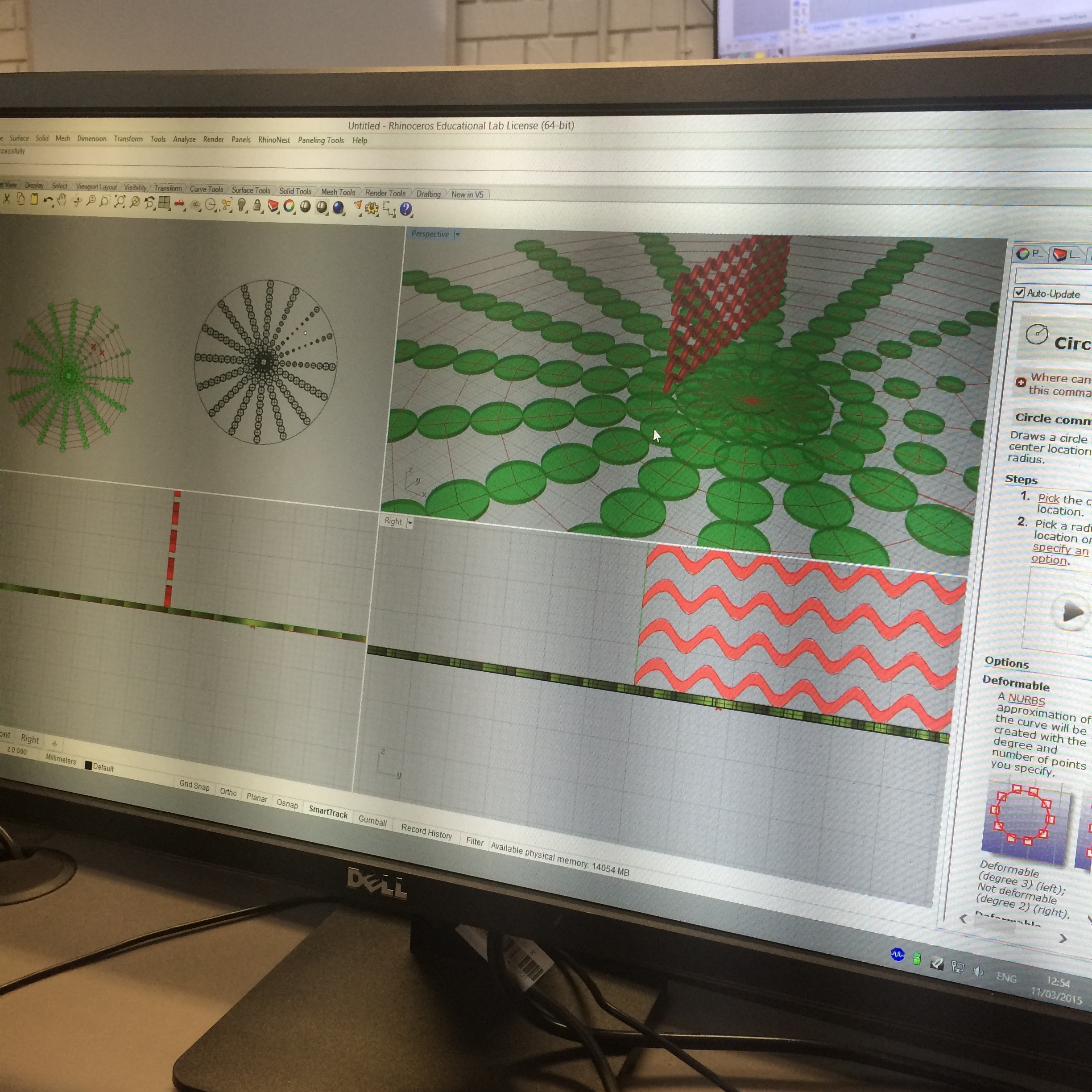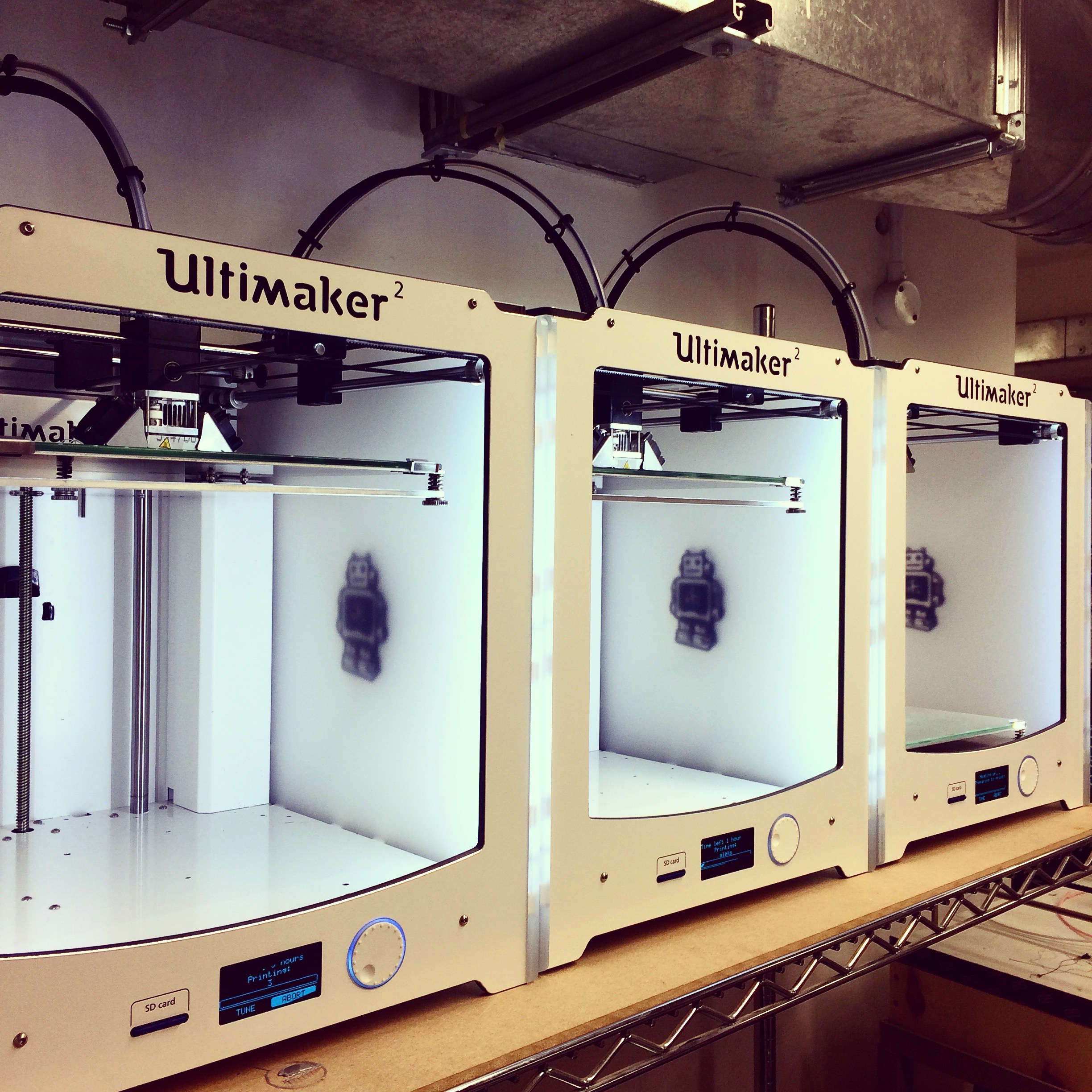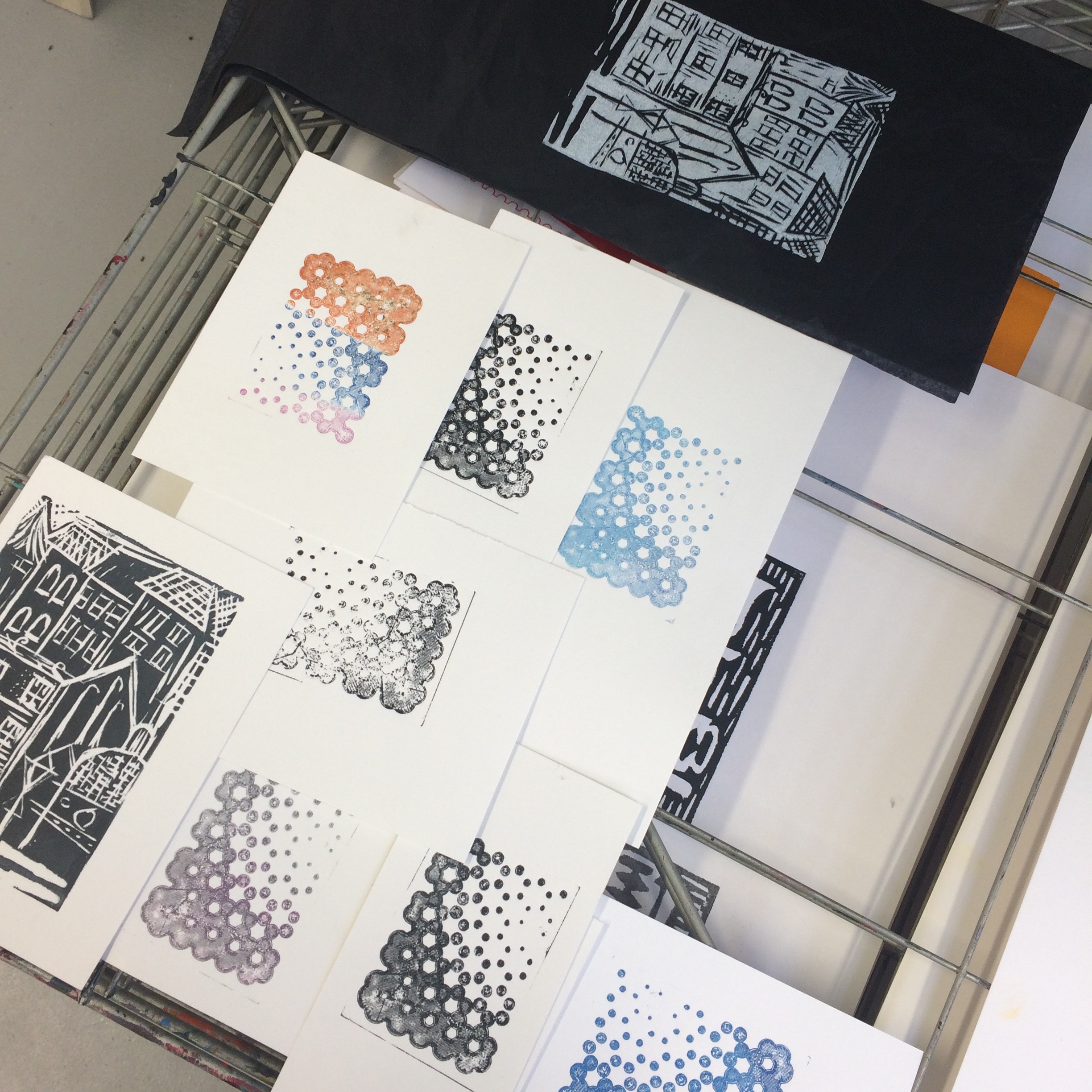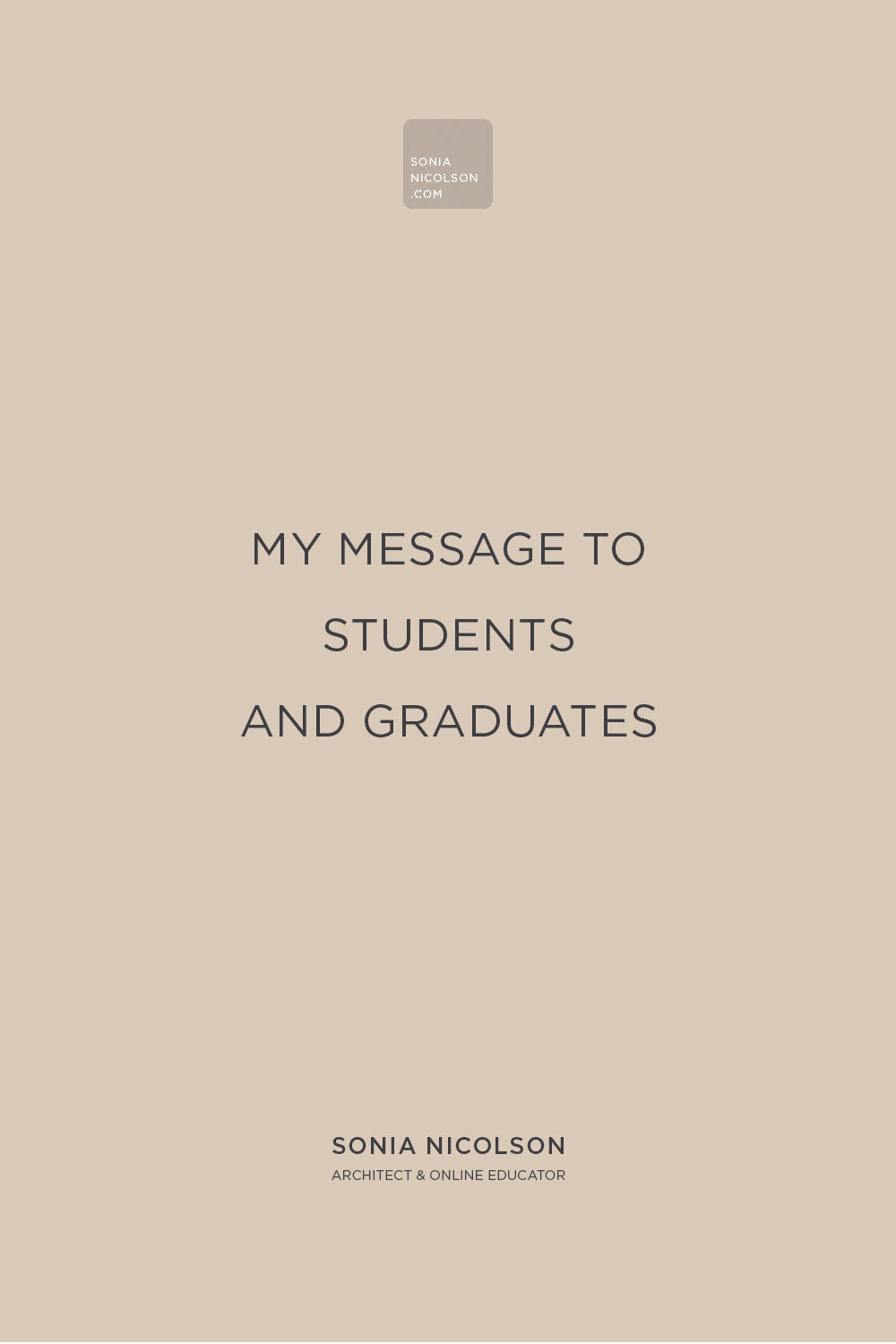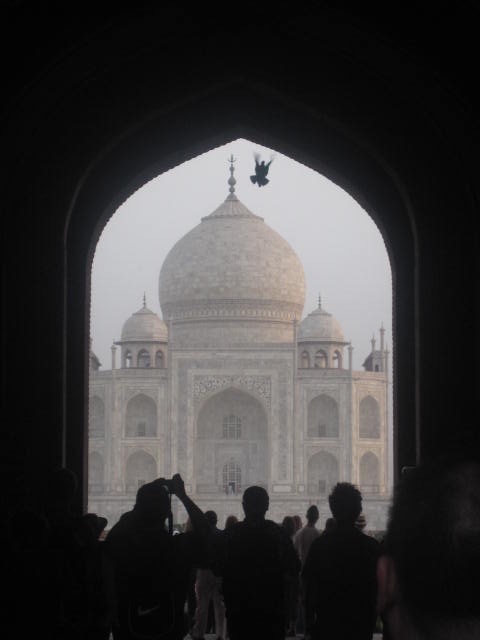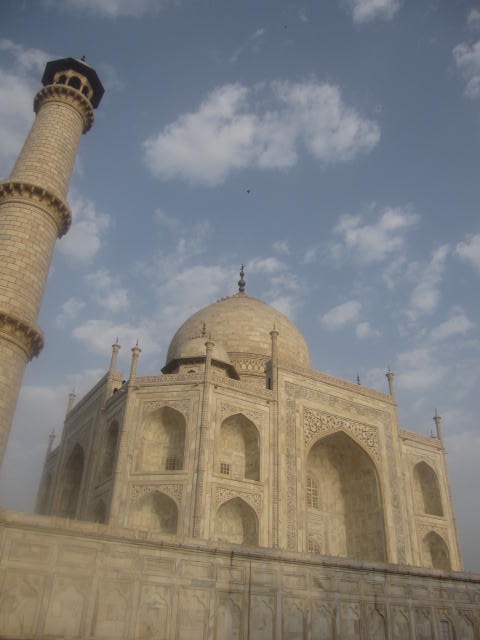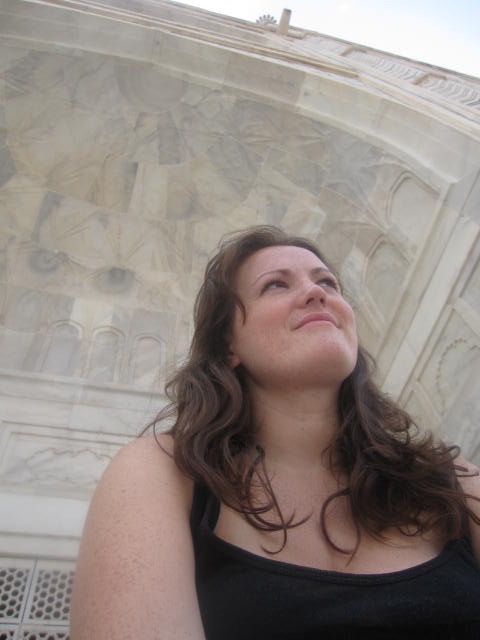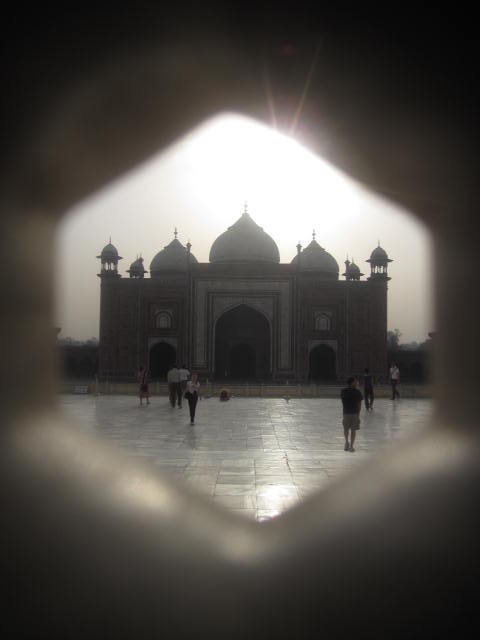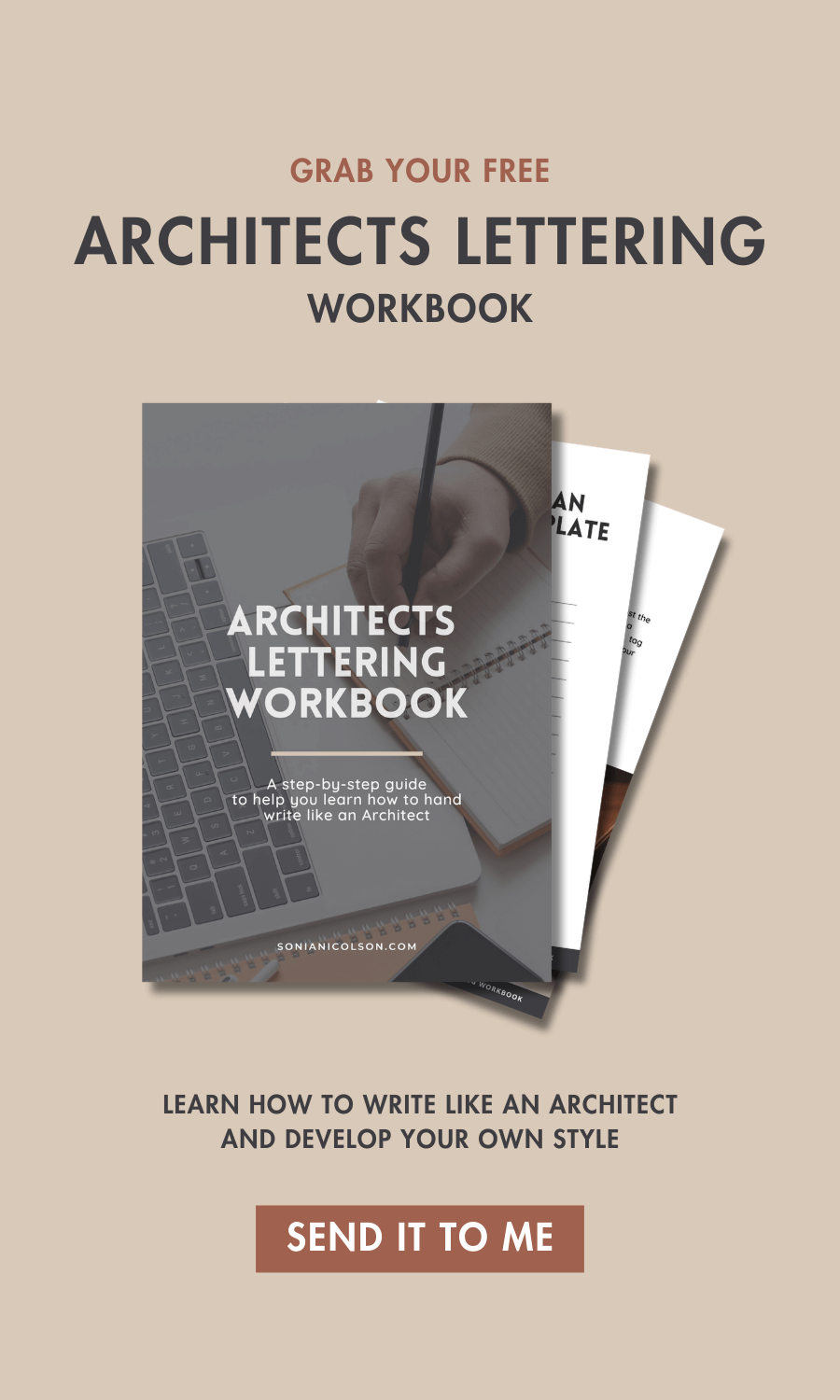Prayers For Peace In Hiroshima, Japan
/Today marks a special memory for me and a very important reason to pause for thought. 70 years ago today the Japanese city of Hiroshima was hit by the first atomic bombing. Credited with bringing to an end World War II, the bomb claimed at least 140,000 people in the city when it exploded 600m above the city in a mushroom cloud.
Hiroshima is a very special place to me, it was home for a year in 2006. I was a scholarship student at KINKI university finishing my Masters in Architecture and lived in Saijo, a short train ride from the city. The Japanese culture, and warmth of the people I met, inspired me to further research this culture, language, and lifestyles, and I wrote my dissertation on the concept of 'home versa house in Japan'. My final project looked to design a cultural center located near the memorial park in Hiroshima which showcased all of the elements I loved from my time in Japan.
Japan was wonderful and filled with very special memories and friendships, both Japanese and international, and some of whom will be in Hiroshima tonight lighting a prayer lantern and thinking of their city and its people.
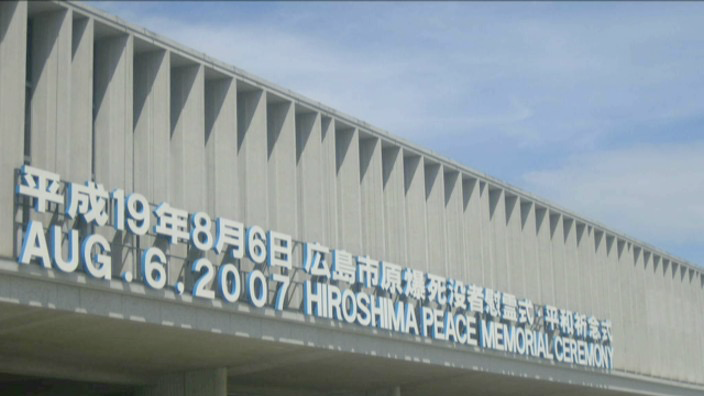
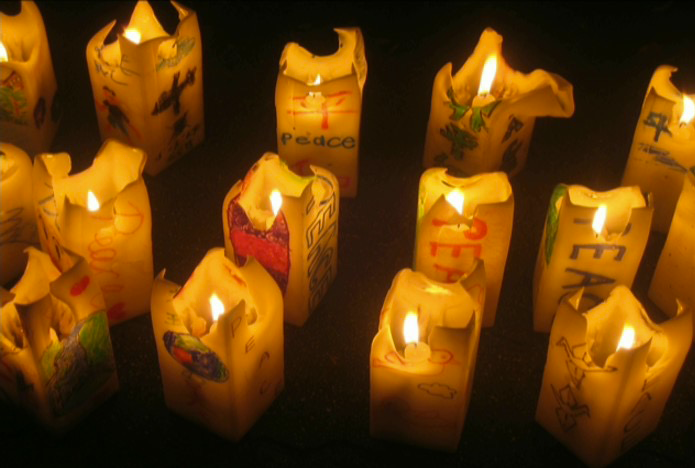
Each year prayer lanterns are lit and left to float down the city's Motoyasu River in front of the only surviving building. I went to the memorial with some friends back in 2007. We walked around listening in on people’s discussions and stories of past years. They lit candles decorated by children, laid flowers by the eternal flame, prayed, and spent time quietly in each other’s company. The ambiance was not negative, not blaming or upsetting but instead uplifting in a way that only spread the message of world peace and the importance of living in a world without the threat of atomic attacks.
A common symbol of peace is the crane, an origami bird. These colourful paper birds can be found throughout the memorial park in Hiroshima. On the anniversary, a local artist had decided to try and make a large paper crane with help from people gathered in the park. It didn't take long for people to get involved and for the local news to start filming, and within an hour we had a huge white paper crane in the children's area of the park. It was beautiful and another symbol of community, of people working together to create something beautiful.
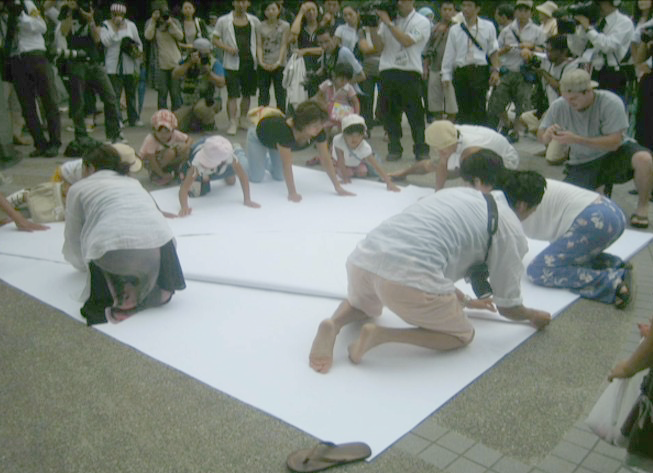
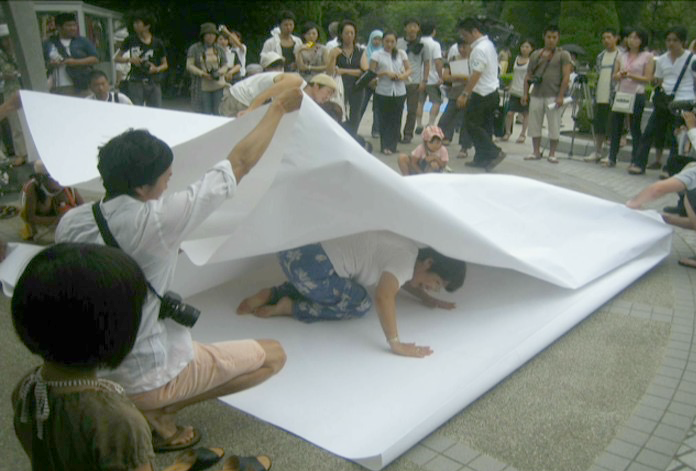
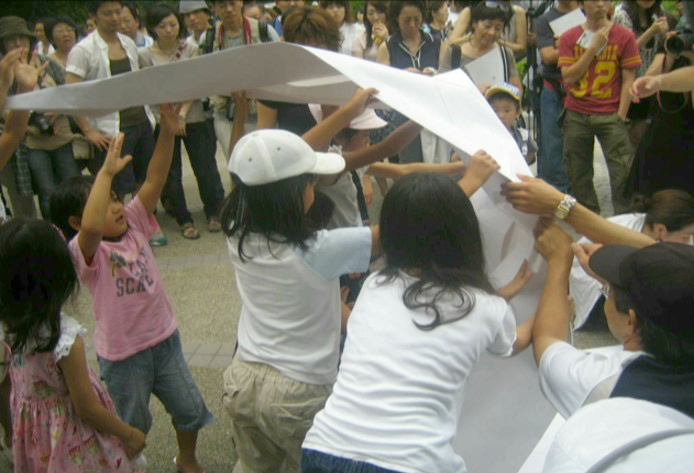
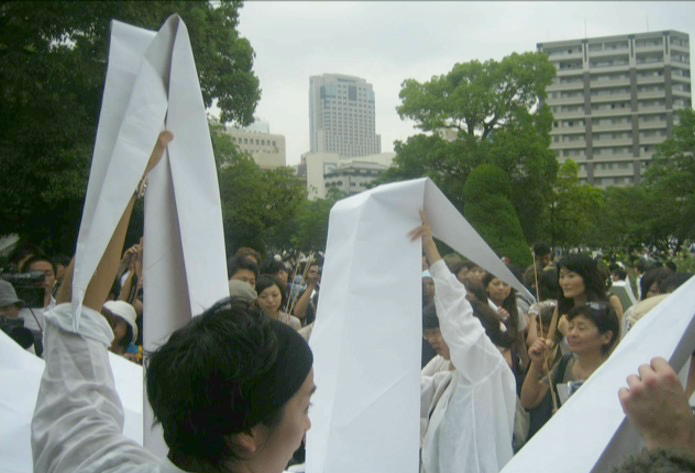
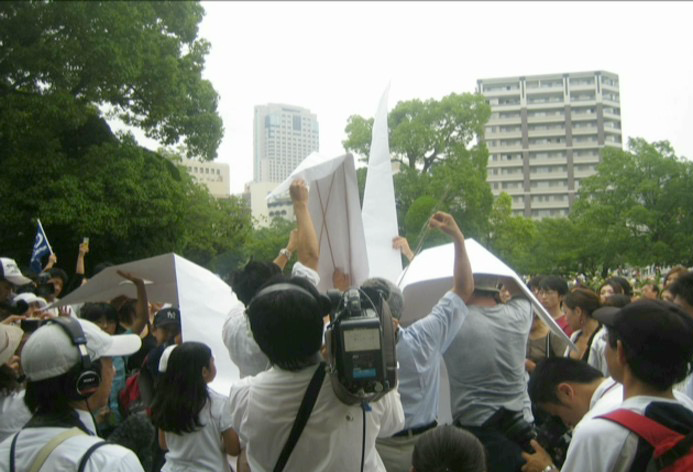
Japan to me is a calm, spiritual country of beauty, from its people and their gentle nature to the parks in any season (especially spring and autumn) and its variety of architecture from a futuristic Tokyo block to an elegant golden pavilion. It is a country of extremes and this can be very fascinating. I was lucky enough to travel and see, quite literally, the bright lights of Tokyo and the amazing fashion trends and technologies - and by shinkansen (the bullet-train) spotting Mount Fuji on the way - to Kyoto where I wandered the parks, pavilions, and lanes of tea houses. I loved my time there, and miss Japan a great deal.
To anyone going, or currently visiting Japan, I highly recommend a trip to Hiroshima and a visit to its Memorial park and the Peace Memorial Museum. And if you need some time away from the city to digest and take it all in, then catch a ferry over to Miyajima where you can wander the temple with deer and monkeys, and take in the picturesque sight of the 'floating' Torii gate.




